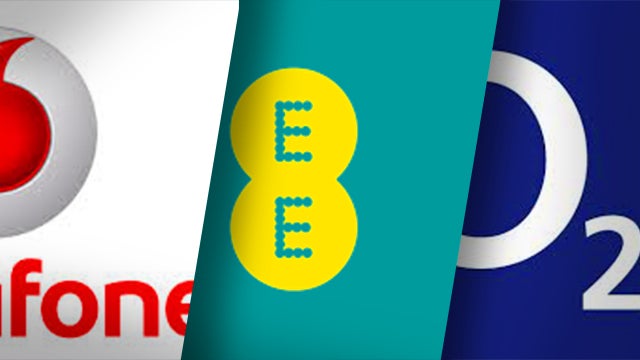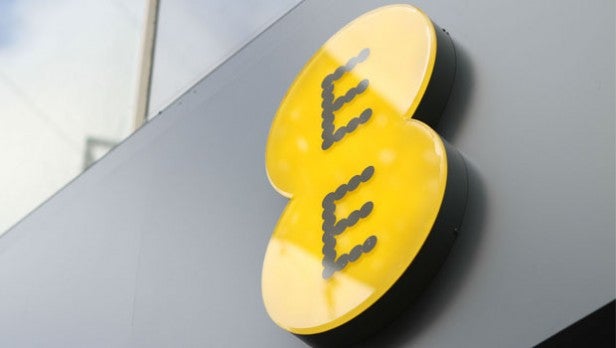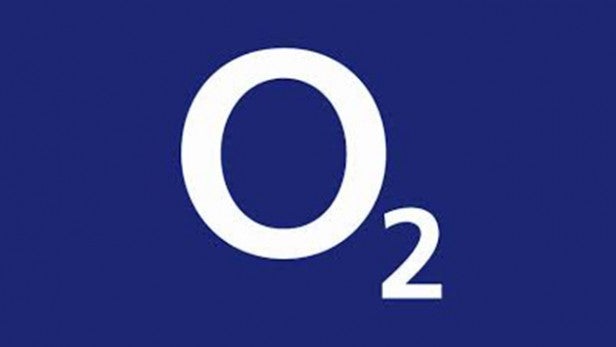Chances are your mobile phone bill just got a price hike

Major telecoms providers, including EE, O2, Vodafone, and Three are set to introduce price rises. Will you be affected? Here’s all you need to know.
It’s come time for network providers to up their costs in the name of keeping up with inflation and Brexit and stuff. What that means for consumers, in short, is higher monthly payments.
The changes are set to come into effect in the coming days, with millions expected to be affected by the price hikes, first announced last month. It’s all down to a clause in customers contract terms and conditions, which allows companies to introduce mid-contract price increases. And while it’s annoying, It’s a common practice in the industry, and occurs annually, with this being just the latest instance of prices rising.
So what exactly is going on here? Which company’s whacked its prices up the most? Well, allow us to lend a hand. Here’s what the main providers are planning:
Related: Galaxy S8
EE

EE is increasing its prices by 2.5% from today, March 30, which means lucky EE customers will be hit by the price hikes first. The 2.5% increase is in line with the Retail Price Index (RPI), and the company introduces these rises in line with that index every March.
Those on a Pay Monthly, SIM Only, 4GEE Wifi/mobile broadband or Business contract which started after 26 March, 2014 will be affected.
If you’re wondering how much your bills are going to go up by, EE kindly offers an online calculator on its site, and there’s a whole page dedicated to explaining the increases here.
O2

O2 customers will see a price increase introduced in April, though and exact date is yet to be confirmed. Either way, customers’ April 2017 bill will include the price changes, as long as they’re on a Pay Monthly, SIM only, standard ormobile broadband tariff.
There’s more information to be found here, but it’s much the same as the EE situation. Prices get adjusted (read: increased) in line with the RPI. Though, unlike EE, O2 is using the RPI figure from February 14, which was announced as 2.6%.
The company also announced that from April, charges for calls outside non-business customers’ monthly allowance will be increased. Charges for international calls and other additional services have also changed – unless you have a business tariff or mobile broadband tariff.
Vodafone

Vodafone is also jacking its costs up from April. If you happen to be on the network, and have had a contract since May 5, your monthly bills will be going up. Once again, the increase is tied to the RPI, but Vodafone has used a slightly higher figure than its rivals. Here’s how the company puts it on its website:
“The RPI figure published in March 2017 is 3.2%. If you’re on a Pay monthly contract taken out on or after 5 May 2016 or a Mobile Broadband contract taken out on or after 28 September 2016 (including upgrades) you’ll see this change from your April bill.”
If you’re an existing Vodafone customer that took out your contract between April 2014 and 5 May, 2016, you’re still covered by the firm’s Fixed Price Promise, so your saved from this year’s price hikes. Those who took out a contract before April 2014 will also see the RPI price increase in April this year, as the original contract will now be up.
You can find out more about Vodafone’s price changes here.
Three

Three customers haven’t escaped the fee increase, either. The company will be introducing price changes this May, based on the RPI figure from January of 2.6%. That’s if you signed up or upgraded your phone or Mobile Broadband plan after May 28, 2015. You’ll see this increase on your May bill and from then onwards.
Three has also provided an online calculator to help you work out how much your monthly bill is going to increase by. It can be found here.
Let us know what you think of the whole thing in the comments.

